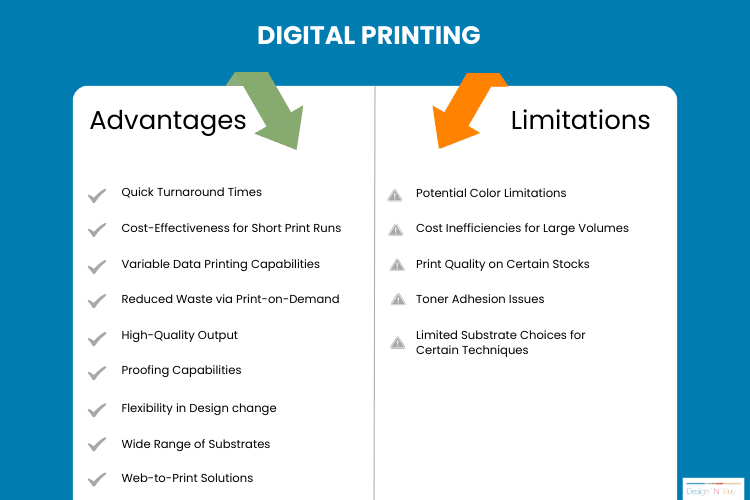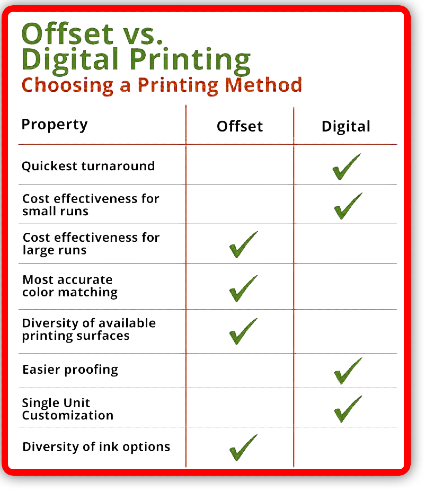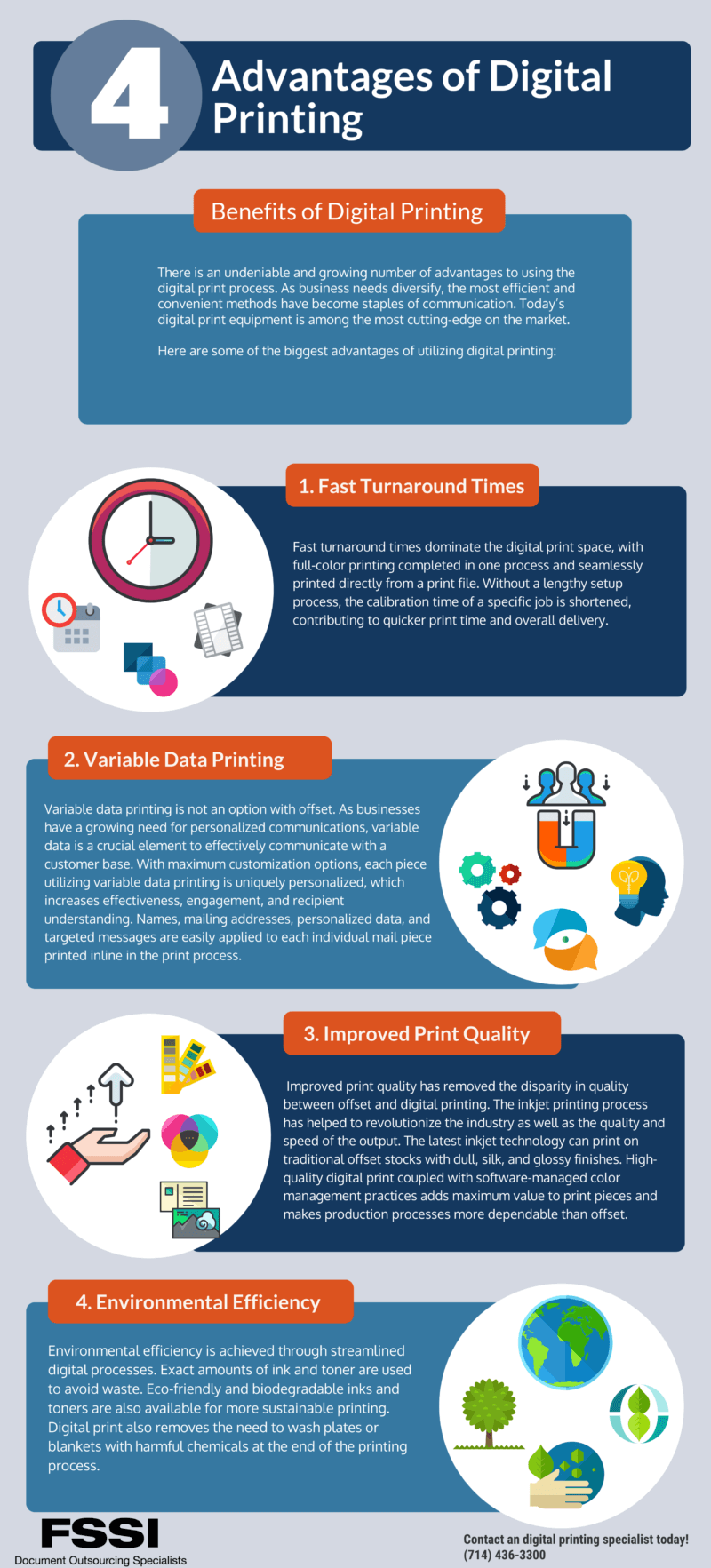Digital Printing Fundamentals Explained
Digital Printing Fundamentals Explained
Blog Article
Get This Report about Digital Printing
Table of ContentsGetting My Digital Printing To WorkDigital Printing - TruthsThe 15-Second Trick For Digital PrintingA Biased View of Digital PrintingThe Ultimate Guide To Digital PrintingAn Unbiased View of Digital Printing
Variable data printing, such as direct mail with individualized codes and addresses, is ideally matched for electronic printing. Digital quick printing only requires four steps of design, review, printing and binding to obtain everything done. Digital fast printing has an unequaled benefit: print on demand.According to PMMI, digital printing enables brands and suppliers to react rapidly to consumer needs while improving the supply chain, lowering warehousing expense and waste, and enjoying faster time to market. That all noises excellent, yet just how does this innovation do all that? The significant differentiator of these technologies is that there are no set-up costs and no plates with electronic printing.
Rumored Buzz on Digital Printing
According to Wikipedia, the best difference between digital printing and traditional approaches such as lithography, flexography, gravure, or letterpress - Digital Printing is that there is no requirement to replace printing plates in digital printing, whereas in these analog printing methods home plates are continuously changed. This leads to quicker turn-around time and reduces expense when utilizing digital printing.
Digital printing is extremely versatile, so it's simple to make changes to the package layout quickly. It all goes back to the plates.
With conventional printing techniques, short-run printing is just not possible. Because a fantastic design can make or break your item, digital printing regularly creates high-grade, clear and vibrant graphics each time.
Digital printing is the process of printing digital-based images directly onto a selection of media substratums. There is no demand for a printing plate, unlike with offset printing. Digital documents such as PDFs or desktop publishing documents can be sent directly to the digital printing press to publish on paper, picture paper, canvas, material, synthetics, cardstock and other substratums.
The 25-Second Trick For Digital Printing
According to PMMI, electronic printing enables brands and manufacturers to react swiftly to consumer demands while improving the supply chain, minimizing warehousing cost and waste, and taking pleasure in faster time to market. That all sounds fantastic, yet just how does this innovation do all that? The major differentiator of these technologies is that there are no set up costs and no plates with digital printing.
This results in quicker turnaround time and decreases expense when using electronic printing.

What Does Digital Printing Mean?
With standard printing techniques, short-run printing is just not possible. Due to the fact that a great layout can make or damage your product, digital printing continually produces top quality, clear and vivid graphics each time.

According to PMMI, electronic printing allows brand names and suppliers to respond rapidly to client needs while enhancing the supply chain, minimizing warehousing cost and waste, and delighting in faster time to market. That all audios great, but exactly how does this technology do all that? The significant differentiator of these technologies is that there are no set up charges and no plates with electronic printing.
An Unbiased View of Digital Printing
This results in quicker turnaround time and lowers cost when utilizing electronic printing.
Digital printing is very flexible, so it's easy to make adjustments to the plan design rapidly. It all goes back to the plates.

Excitement About Digital Printing
Digital printing is the process of printing digital-based images directly onto a variety of media substrates. There is no demand for a printing plate, unlike with balanced out printing. Digital documents such as PDFs or desktop posting data can be sent out directly to the digital printing press to print theoretically, image paper, canvas, fabric, synthetics, cardstock and various other substrates.
Report this page